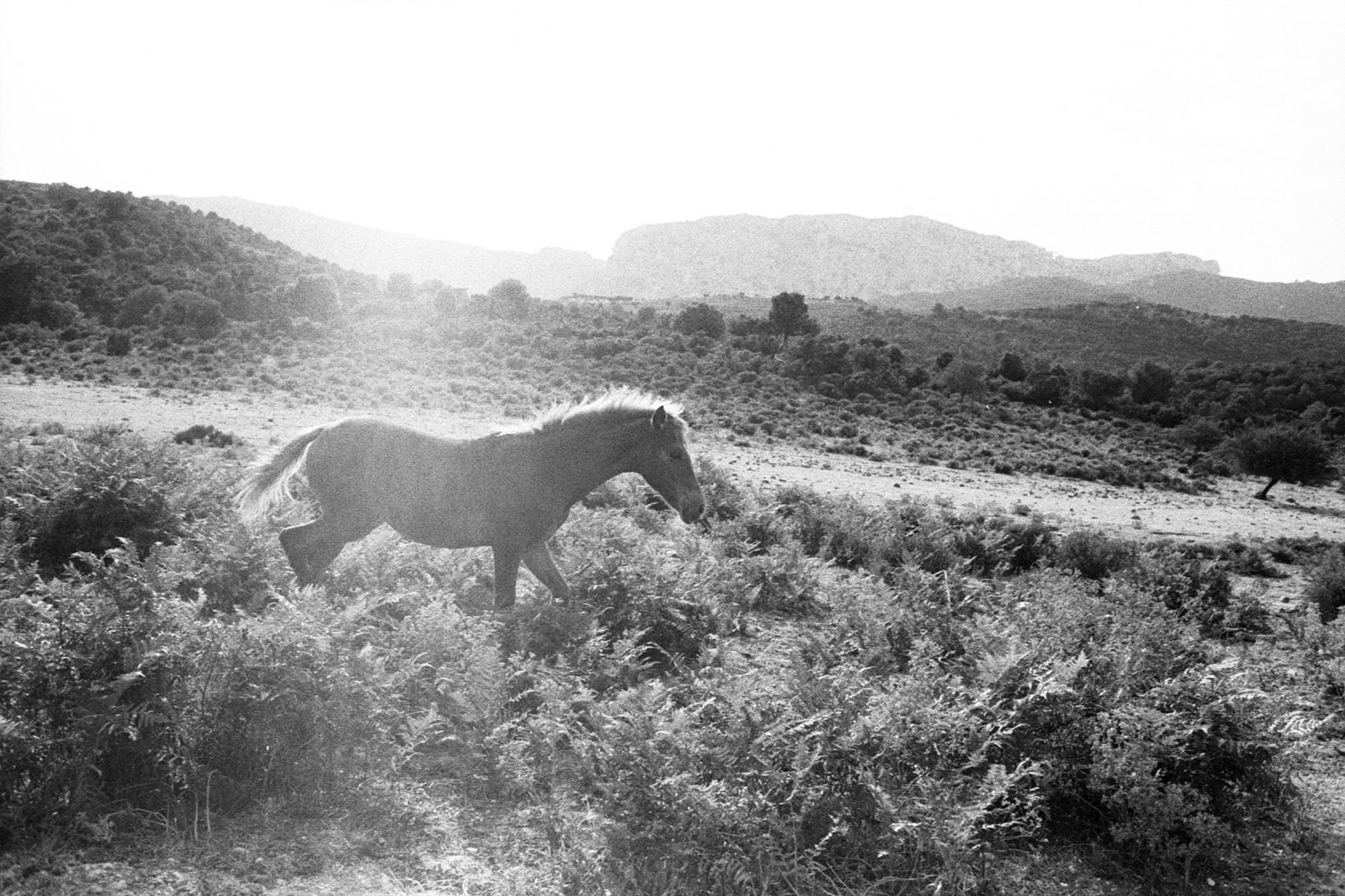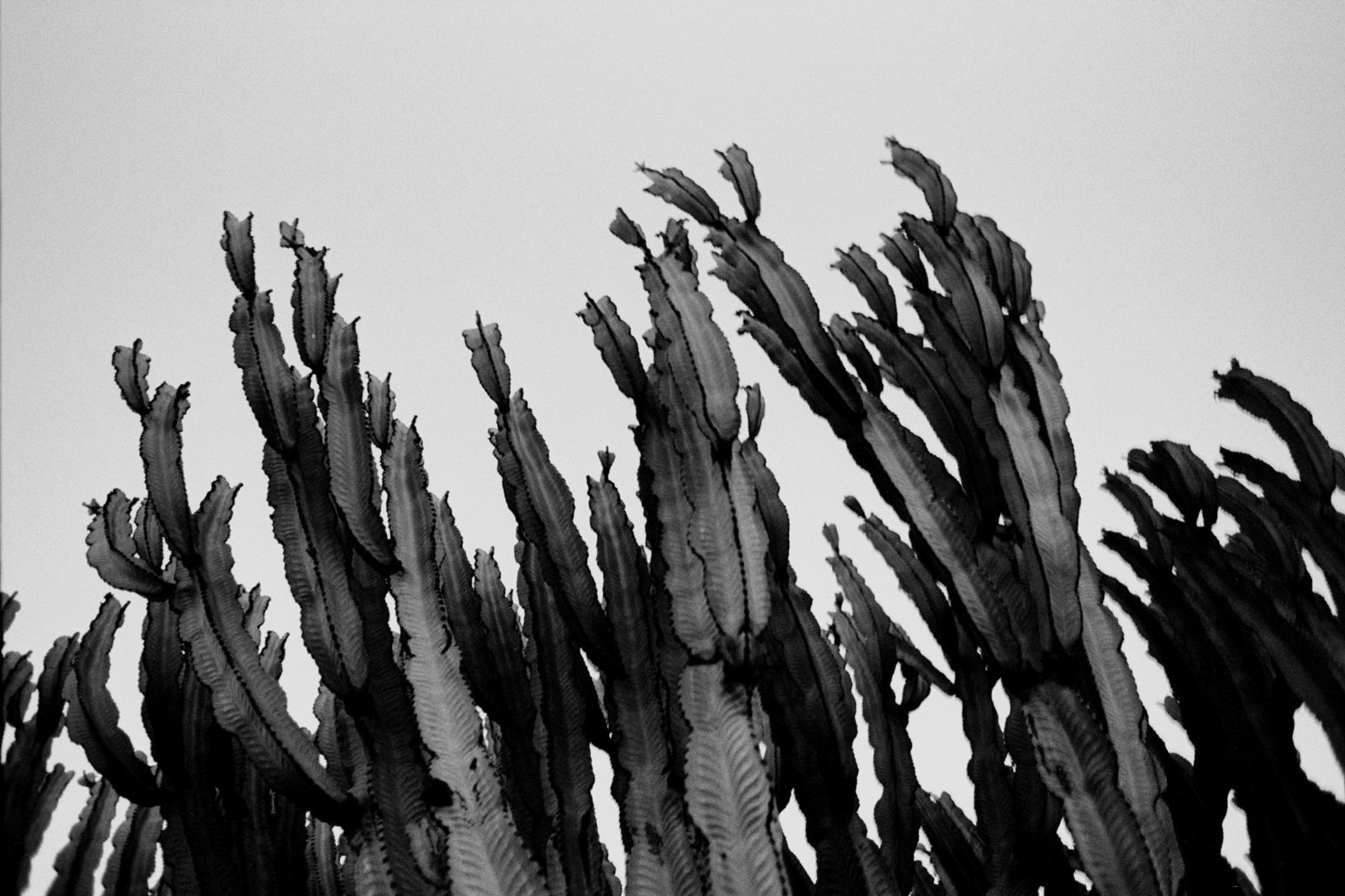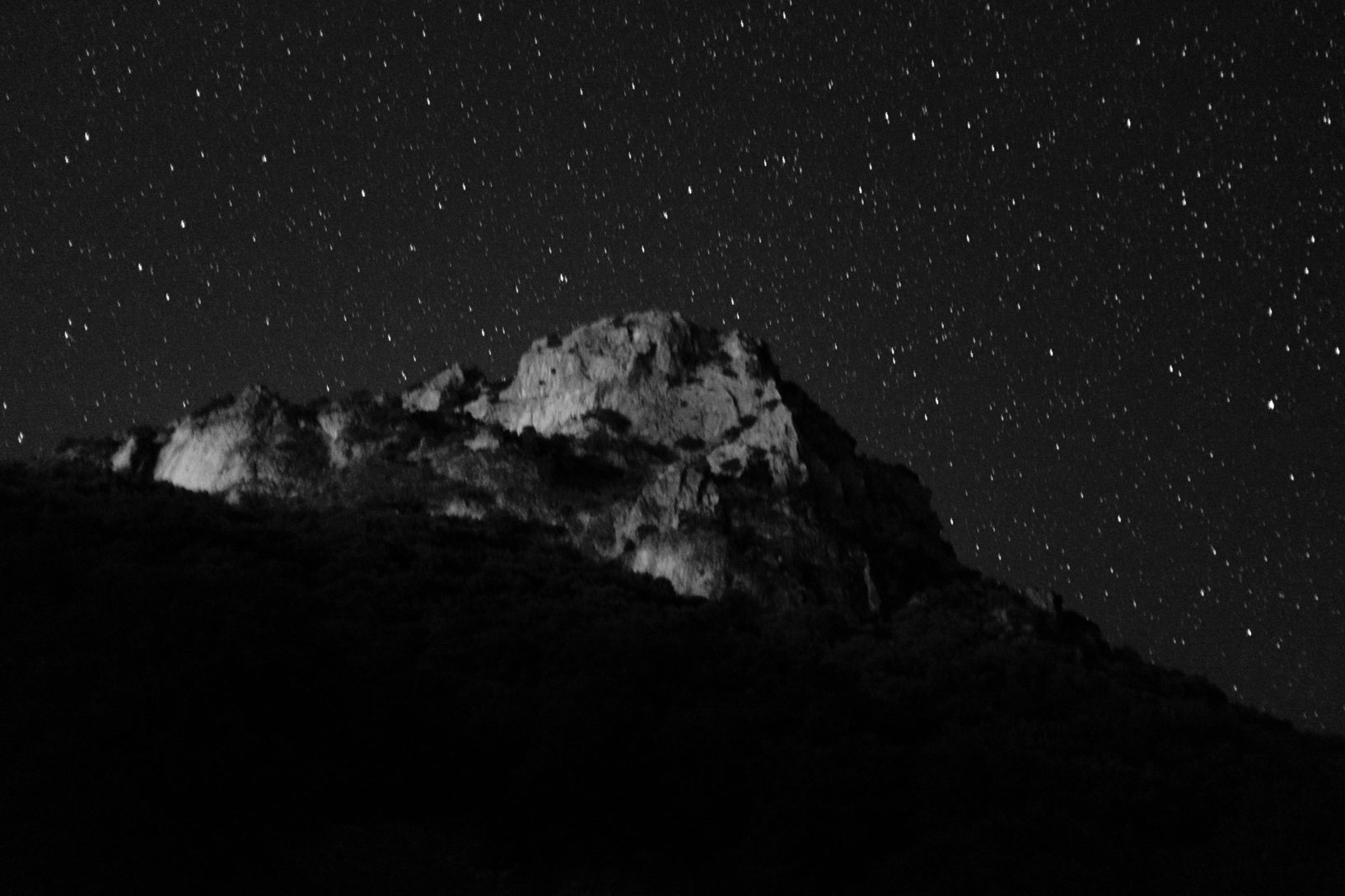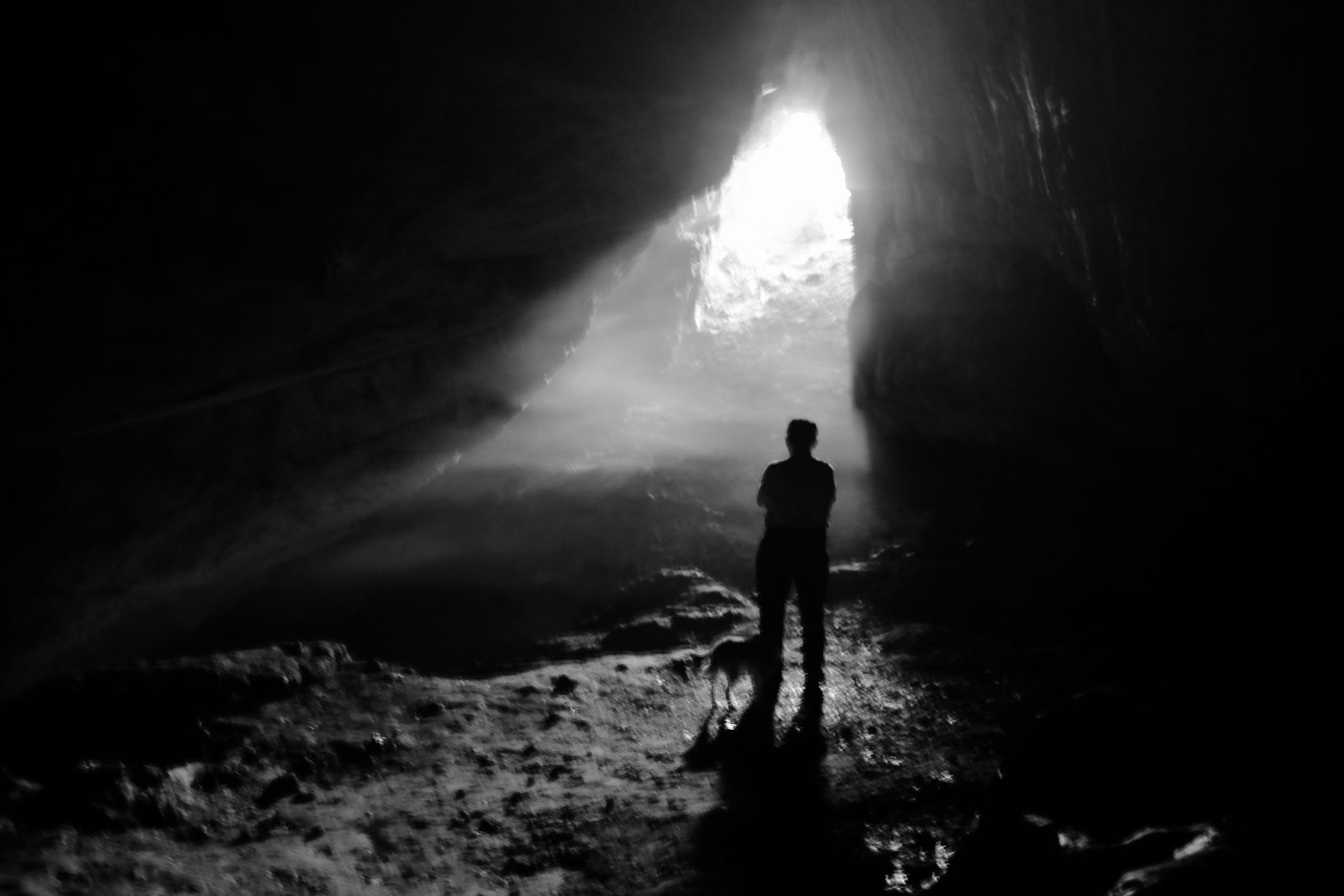Sveva Taverna, photographer
Arraicas (Roots), photographic work, in progress
Nowadays a kind of ‘normality’ is disappearing, the normality of a peasant, archaic, ancestral world, for which our twentieth-century ‘poet of meat’ Pier Paolo Pasolini fought, anyway it’s still surviving, despite the violent tides of the unsettling present time. The photographic project Arraicas aims to tell human abilities shown within this context. Chosen land: Sardinia’s rugged and wild backcountry, depicted through women faces and bodies, whilst they engage in daily routine; these women seem to have passed through centuries before getting here today. Susan Sontag has sparkled the meaning of photography, by stating that it is an art capable of letting this reality speak: “Each photograph is a memento mori. Taking a photograph means taking part into another person mortality, vulnerability and changes.“
On which fields of knowledge are you focused?
Memory.
What is the object of your research?
My entire work revolves around memory. The project works as a very powerful harpoon, which links my past to my present, starting from my mother’s sardinian roots down to myself. It is an incessant search for identity and belonging, even if the idea of belonging to something, of being the “owners” of something, is an utopia. It was my mother who taught me this, taking exemplary authors as guides, beginning with Gramsci, who has always been a sort of mysterious guest in our house, and then with Marcel Proust and Oscar Wilde: these were the first writers she passed on to me. Her hands in the act of giving me books, thoughts, knowledge, are the same one I myself feel to embody.
In a similar way to Warburg, who went among the Hopi to seek the origin of symbolic thinking in order to interpret reality, I also felt the need to loose myself in the emotional landscape of my own origin and to keep it thanks to photography. As an only child I knew I would not have siblings to share memory with: this was the starting engine.
Could you identify some constants in your work?
My research brings together literature and art history; they are both based on image, whether this is suggested by the word or represented in the gesture, the body, the performance or photography.
How did you find out about Aby Warburg‘s work?
I found out about Warburg many years ago, I don’t remember exactly how or when. After graduating in Art History (with a thesis in comparative literature) in 2006, I have “met” Warburg’s thought and gradually identified in his anti-academic approach, based on his interest in the meaning of images. Having thus finished my degree with in the context of art historical studies, a rather traditional one, I found new life force in his thoughts. The Snake Ritual was and remains a focus of investigation that attracts me for its sharp critical approach. The last page of it for me is a monument, since it embodies what I would have wanted to express with Arraicas from the very beginning, that is even before discovering Warburg. It has been and remains very important to me, as if it gave voice to sensory channels that were then still unclear and undefined.
How would you define an Atlas?
For me an Atlas is like a journey through images. When I think of the idea of atlas, I immediately think of Elsa Morante novel L’isola di Arturo; here Arturo, the main character of the book, uses it in order to fantasize about future journeys.
Atlas as a conceptual, formal and mnemonic device; do you use it in your work?
Warburg’s Atlas has just entered my home in the Hatje Cantz edition. A new horizon of connections, of intertwined memories to “observe” and “understand”; to me, who has never used one as a guide, it’s a novelty. It is a new front of investigation.
Do you know about the existence of Mnemotechnics?
Yes, but I have never deepened the topic.
Which mnemonic system guides the organization of your material?
I have always followed the flow of sensations, to let memories emerge from feelings.
Are there visual and emotional formulas (pathosformel) in your project?
In my work a prompt example of pathosformel is retracing the long time habit of the women of my family to wear a black veil over their heads in the Annunciata by Antonello da Messina, which I consider an iconic image. In relation to the photographs I made over the years, only lately I came to be aware of this recurrence and this lead me to fully understand the relevance of Aby Warburg’s studies for the way we approach images.
In your work, do you identify formal or conceptual recurrences such as repetitions and disruption, distance and proximity, identity and migration, conflict and colonization?
Yes there are. As a teenager I was already aware that globalization would have raped and totally altered the archaic world from which I come. I recurred to Pasolini’s poetic to orient myself and to become aware. From the very start Pasolini has been paramount in inspiring Arraicas; the flow of sensations that I felt by being immersed in the wild world of inland Sardinia merged with his poetic gaze to the extent that I perceive him as part of the work.
In your work, what is the balance between image and text?
They move in a single flow. My photography is rooted and fed by words. For example, whilst reading La vedova scalza by Salvatore Niffoi, I was chasing with the camera that granitic, compact, basic representation of Sardinia. From mental images, nourished by literature, I felt the need to fix on photographic film the rhythm of gestures, of moments shared within my family. Following the immeasurable lesson given by Marcel Proust in his Recherche I work in a way that takes into account the particular in order to see the universal (Proust had totally achieved this).
Thinking about Warburg’s “good neighborhood rule”, what are the books that underpin your project?
Marcel Proust, La Recherche, Einaudi, 1961
Elias Canetti, The Saved Language, Adelphi, 2013
Vladimir Nabokov, Speak, Memory, Adelphi, 2010
Paul Celan, Sotto il tiro dei presagi. Poesie inedite 1948-1969, Einaudi, 2001
Paul Celan, From Threshold to Threshold, Einaudi,1996
Carl Gustav Jung The Relationship between the Ego and the Unconscious, Bollati Boringhieri, 2012
Aby Warburg The Snake Ritual, Adelphi, 2006
George Kubler The Shape of Time, Einaudi, 2002
Salvatore Niffoi, La leggenda di Redenta Tiria, Adelphi, 2005
Giuseppe Fiori, Vita di Antonio Gramsci, Ilisso, 2003
Are there more topics of interest that we haven’t pinned down?
Psychoanalysis. I lately discovered Jung in more detail reading his The Relationship between the Ego and the Unconscious. After reading that Binswanger was Jung’s student, I can’t help thinking about the concept of individuation as a key concept for understanding Bilderatlas Mnemosyne. Warburg dealt with depression from a very early age, undergoing periods of great insights and periods of great deadlock, until he arrived in Kreuzlingen, Binswanger’s psychiatric clinic, in 1921; in years of therapy he gradually found back the logical thread of his studies. With an approach to analysis which requires the patient to go and define his Self as much as possible in an open dialogue with his unconscious, trying to filter the external instances defined by Jung as originated by the collective unconscious, Binswanger helped Warburg to transform his “eel soup” (as Aby called his research and writing style) into something complete, also in his unfinished Mnemosyne, unfinished in the best “Warburg style”, yet still an Ouvre, something he was able to do, even starting from his own mental distress.
Sveva Taverna was born in Rome in 1981. She enrolled in the Literature Faculty at RomaTre, and got her degree in Art History with a experimental thesis on the visual universe of Pier Paolo Pasolini (Between sacred and profane: Pier Paolo Pasolini and visual arts, 2006). While attending University, she collaborated with the Toscana Photographic Workshop as an assistant to various photographers, including David Alan Harvey, Michael Yamashita and Michael Ackerman. She worked as a stage photographer for the Palladium Theater, Rome. In 2008 her first solo show dedicated to Sardinia is exhibited at FotoGrafia – Festival Internationale di Roma. In 2009 Cristiana Collu, then Director of the MAN in Nuoro, selected her work and showed it in Sardinia project. Another planet, promoted by the Sardinia Region, together with Franco Fontana and Pietro Bianchi. The exhibition was shown between 2009 and 2011 in Rome, Milan and London. In 2019 her work Arracais was shown at Baco about photographs, Palermo, curated by Valentina Sestieri. She teaches Art History at Officine Fotografiche, Roma, Biennal School of Photography and collaborates with the Magnum Photos photographer, Paolo Pellegrin.




